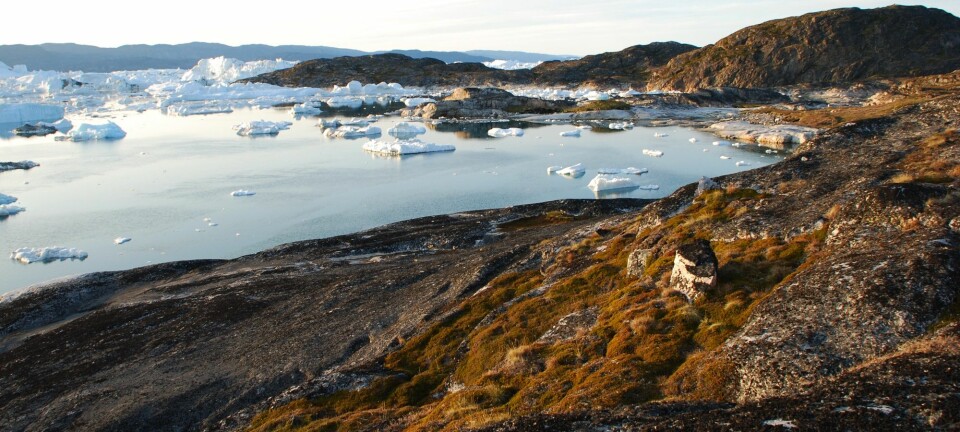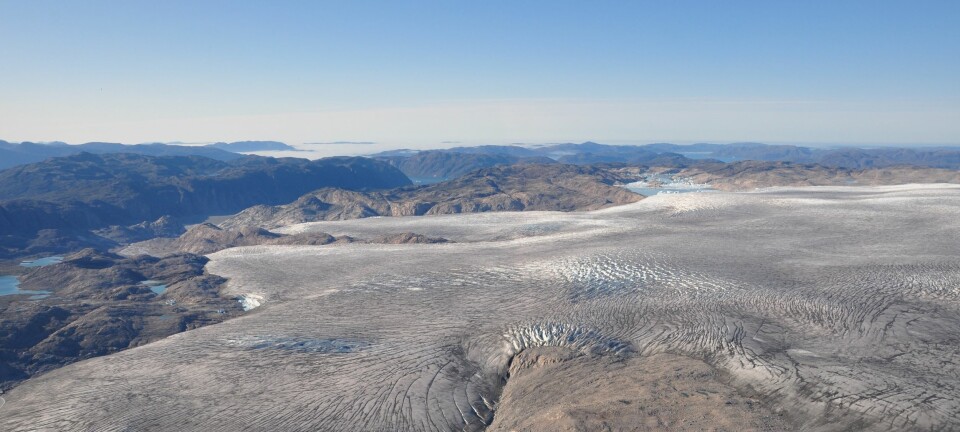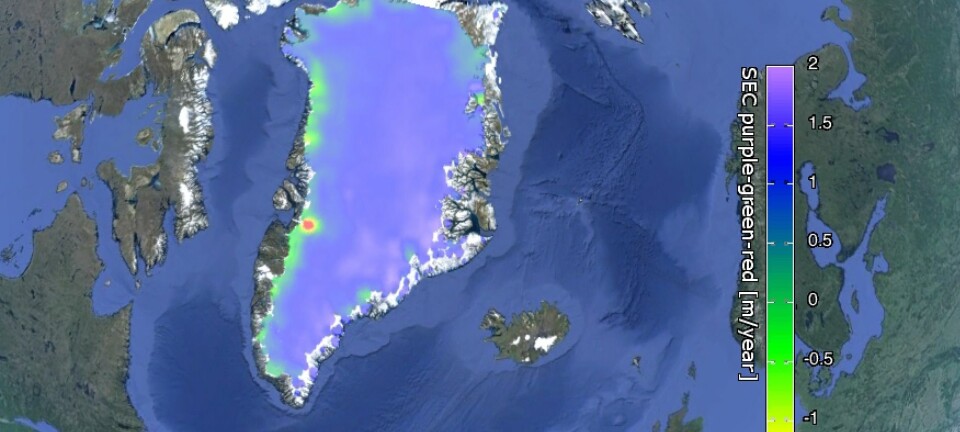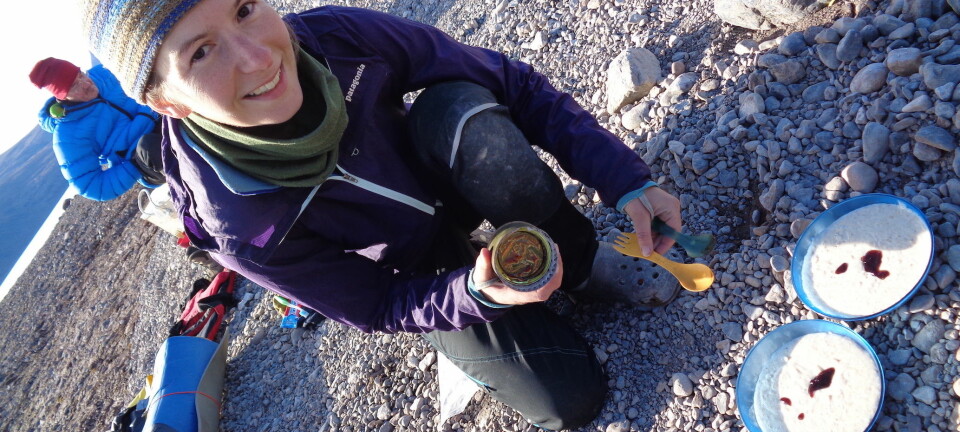Take a tour of an Arctic monitoring site
GREENLAND: Explore how scientists in Greenland are monitoring environmental change in the Arctic with our interactive map of the GEM-monitoring site.
Video: ScienceNordic.com
Each week scientists Katrine Raundrup and Maia Olsen from the Greenland Institute of Natural Resources (GINR) load up their boat and head out to their monitoring site in the picturesque Kobbefjord, west Greenland.
It is only a short trip from Greenland’s capital city Nuuk, but stepping off the boat feels like you have reached a remote Arctic field station. There are no roads and no direct power supply to the little research hut, which is home to Raundrup and Olsen for the next 24 hours.
This is just one of many locations dotted around Greenland that make up the Greenland Ecosystem Monitoring project (GEM). ScienceNordic joined them to take a tour of the site where they monitor a whole range of environmental phenomena.
Explore the interactive map below to learn more about some of the work under way at Kobbefjord.
Monitoring everything from CO2 to birds
On site, a whole team of scientists keep a check on everything from how plants and insects respond to climate change, how the soil absorbs and releases greenhouse gases, and the yearly onset and melt of snow. They even keep tabs on the life cycle of local bird populations and record any rare sightings of eagles, falcons, or mammals, and more besides.
“The main aim of everything that we do out here is to document and study the effects of climate change on marine and terrestrial ecosystems in low arctic Greenland,” says Raundrup.
“We study everything from the very beginning of the season to the very end, and you do the same thing every week, and every year. And by doing this you can see for example how the variation in the onset of spring effects the entire ecosystem,” she says.
Read more: New Book: Ice-free Greenland in photos and science
What is a monitoring program?
Measuring the same things, week in, week out may sound dull, but the regular monitoring that is under way here is in many ways a key component in modern environmental science.
Without these base line data sets, painstakingly collected over many years, scientists would struggle to know exactly how and when ecosystem change occurred and how significant these changes are.
For example, plants and mammals are expected to move their ranges in response to climate change--but when, and by how much? Arctic plants and soil could be a net sink of carbon, actively removing CO2 from the atmosphere, or they could be a net source, pumping it back in. But which one is it? And how much CO2 are we talking about?
It is these and many more questions besides, that the scientists working at the monitoring sites of the GEM project hope to answer.
Read more: Arctic plants help cool the planet
Part of a large network across Greenland
Kobbefjord is just one in a network of monitoring stations located around Greenland. Monitoring here started in 2008, but the longest running site is Zackenberg Research Station on the north east coast, which has been operating continuously since 1995.
Others sites include Arctic Station, Disko Island in west Greenland, and Sermilik Scientific Research Station on the south east coast.
“Eventually the goal is to have an overview of the effects of climate change on the Greenland scale. This is not easy to do. It takes many years of data, because for example, the onset of spring is highly variable, and because there is such a high variety across these ecosystems. So you need a lot of monitoring data before you can say anything conclusive about how the ecosystem as a whole is changing,” says Raundrup.
At Kobbefjord, the activities are divided into four main themes: climate, geology, biology, and marine.
You can read more about the full range of monitoring activities at Kobbefjord and throughout the entire GEM network, and access all the data collected so far.









